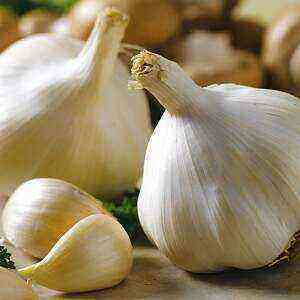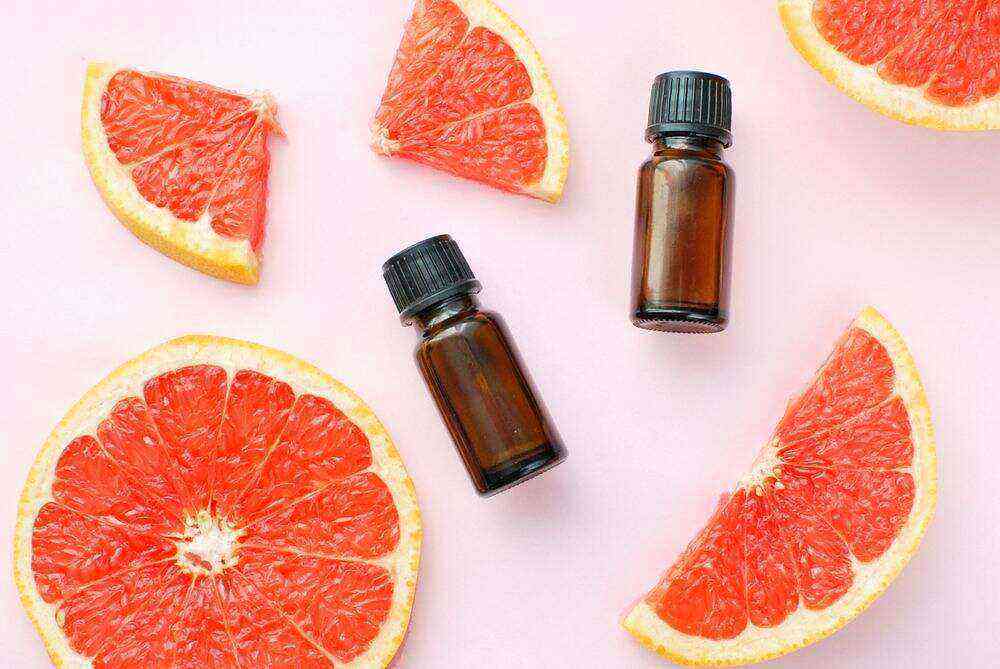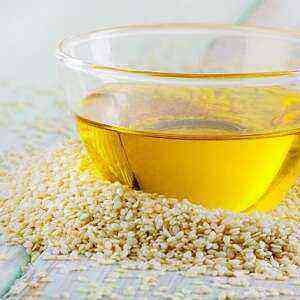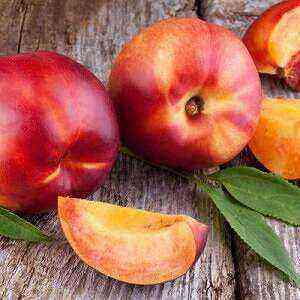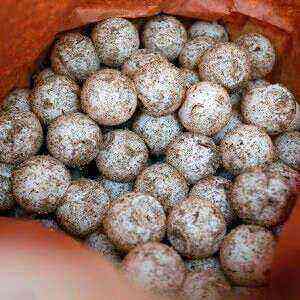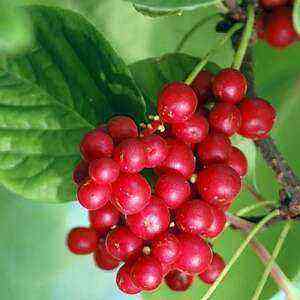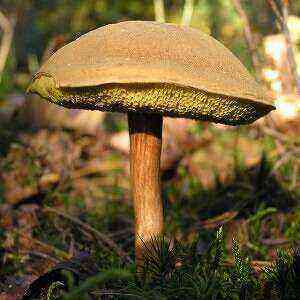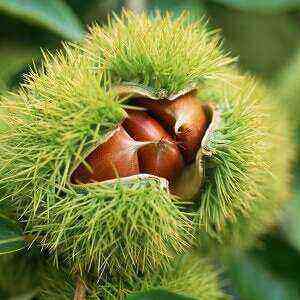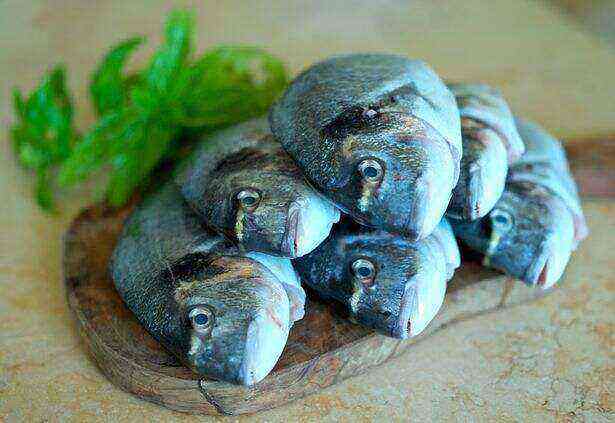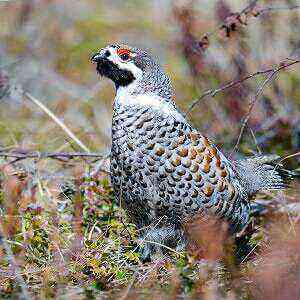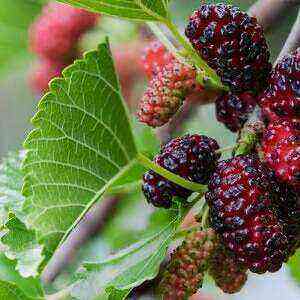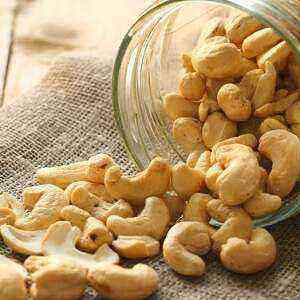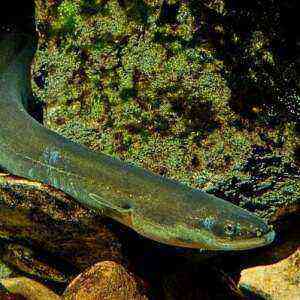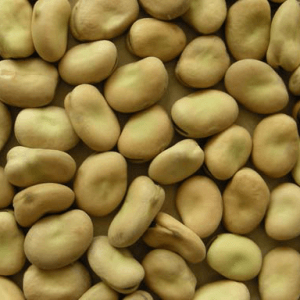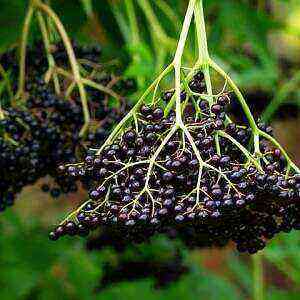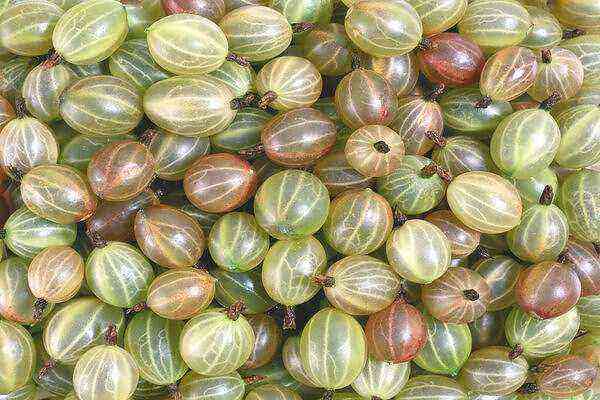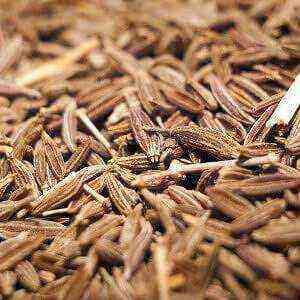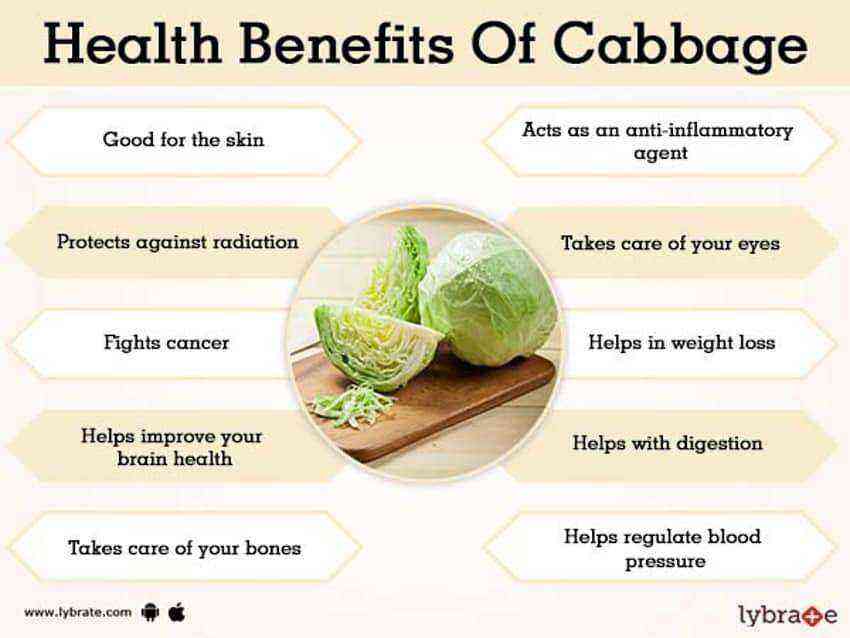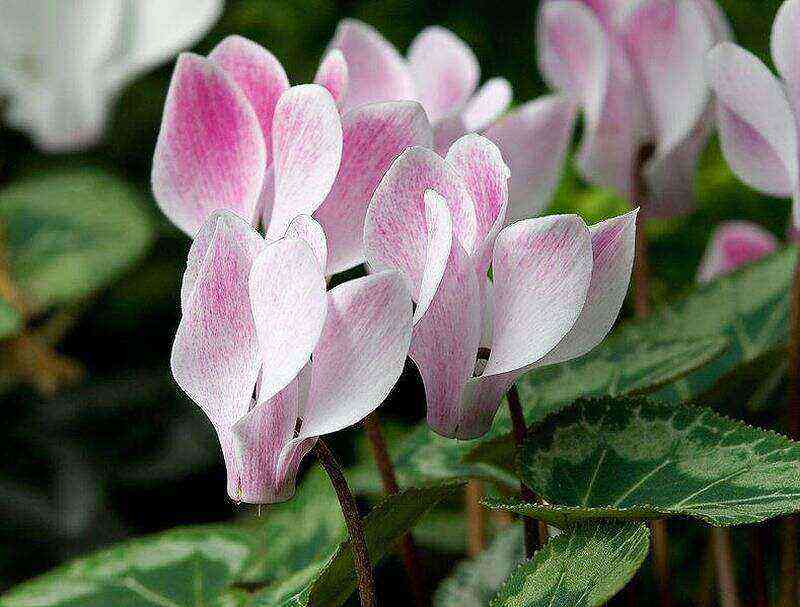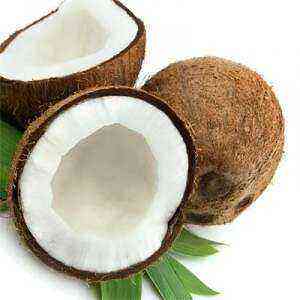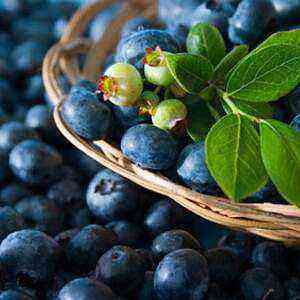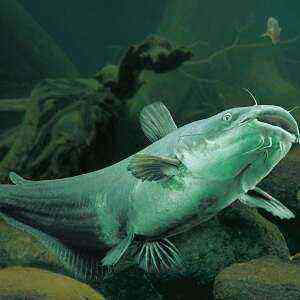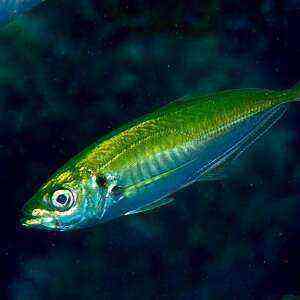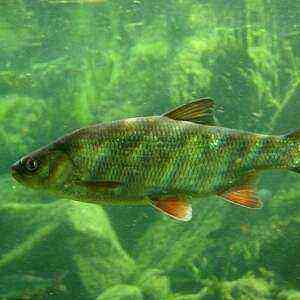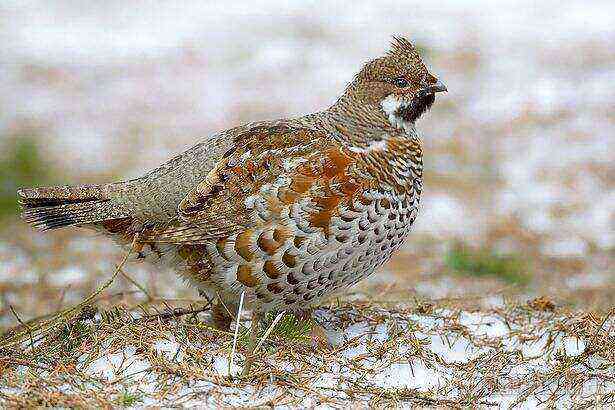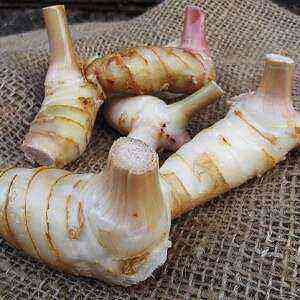
What is amaranth
Amaranth is, as a rule, the name of more than 60 of various species of the Amarantus plant. Other names of the culture are shtcheritsa (shchiritsa), marigold, axamitnik, cock crows. Externally, it is a tall plant with wide green leaves. The flower has a bright purple, red or golden yellow color.
Although many varieties of amaranth are considered weeds, but some of its varieties are cultivated as leafy vegetables and cereals. In addition, shcheritsu used as raw material for the production of essential oils. To obtain edible seeds, only three plant varieties are usually grown – amaranth cruenus, amaranth hypochondriacus, amaranth caudatus.
From a dietary point of view, the leaves and seeds of amaranth are most important for a person. It doesn’t matter in what form the tablespoon appears in the form of grain, flour or tops – it is equally useful. However, the root also contains a lot of nutrients. Despite the large amount of antioxidants and phytosterols contained in it, amaranth is still a plant that many have not heard of.
The name of this plant comes from the Greek word, which translated means “unfading”. And it could not be better suited to the plant, which continued to live even after many years of total prohibitions and extermination.
Amaranth in ancient cultures
Amaranth belongs to the so-called pseudo-cereals, since it looks like grain, but in fact it is not. The history of use of schiritsa is very old. Research on amaranth seeds has shown that the plant grows on the planet for several thousand years. These grains were consumed by the ancient inhabitants of Mexico and Peru. It was one of the main food crops of the Aztecs. It is believed that the “domestication” of amaranth occurred approximately 6-8 thousands of years ago. In ancient times, the Aztecs annually brought amaranth in tribute to his emperor. And the amount of this grain was identical to the size of corn tribute. In ancient cultures, amaranth was the basis of the diet, due to the high concentration of protein, minerals and vitamins. So far in the countries of Central America, the traditions of growing amaranth as a food product have been preserved.

When in the 16 century, Cortes and the conquistadors landed on the shores of the New World, the first thing they did was to push the Aztec Christianity. In the struggle for religion, they banned the Aztec pagan festivals using amaranth. And despite attempts to completely eradicate the plant, the Mexicans did not succeed. As it turned out, amaranth very quickly grows and spreads, “populating” all new territories.
In Russia, schiritsa was considered an immortal plant, and the ancient Slavs used it to make bread. Believing in amaranth’s defenses, the Russians took him on hikes and gave them to children. But Peter I, in the course of the reforms, forbade the plant to be eaten. Since then, the glory of an ornamental plant and animal feed has been assigned to schichitsa.
Schiritsa today
Amaranth seeds spread to the whole world. Their leaves and grains have become important food sources in the regions of Africa, Nepal and India. Today, these plants can be found in China, Russia, Thailand, Nigeria, Mexico, some regions of South America. Of the several hundred known species of schirits, almost 20 grows in Russia. As a habitat, amaranth prefers high mountain areas, but if necessary it easily adapts to any conditions. It grows well in moist, loose soil with good drainage at almost any height, in latitudes with a temperate climate. But it develops equally well in less humid regions, which makes it a particularly valuable culture in Africa.
Benefit for health
Shiritsa serves as an excellent source of calcium, iron, magnesium, phosphorus and potassium. Also, this is the only grain that contains vitamin C. All this serves as an occasion to talk about the need to include shiritsa seeds in the diet.
Protein source
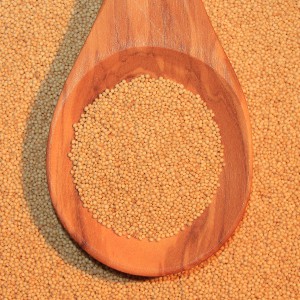
Regular protein intake is the growth and development of cells, tissues, this is energy and proper metabolism. About 13-18 percent of the chemical composition of amaranth is protein, which significantly exceeds the nutrient level in other types of crops. Even shiritsa leaves contain proteins. In addition, the protein from this plant is called complete, since it contains lysine, an amino acid that is absent in almost other plant proteins.
For the first time, the benefits of shchiritsa proteins were studied in Peru in the 1980s. During the study, children were given amaranth in the form of cereals and flakes. It turned out that this plant can be used as a major component of the children’s diet in developing countries. As it allows without large financial expenses to provide growing organisms with necessary proteins and other useful elements.
Another study was conducted in Guatemala in the 1993 year. The results of this experience were similar to the results of the Peruvian. Scientists again came to the conclusion that amaranth protein is one of the most high-nutritional among all proteins of plant origin and is close in chemical composition to animal proteins.
Not long ago, molecular biologists from Mexico began researching bioactive peptides in amaranth proteins. And in 2008, they found a peptide called Lunazin, which had previously been identified in soybeans, in a pinch. It is believed that lunazin is an anti-cancer substance, and also eliminates inflammation in chronic diseases (such as arthritis, gout and others), protects against diabetes, cardiac diseases, stroke.
Down with the bad cholesterol
Studies conducted over the past 14 years have proven the effectiveness of the grains of this plant in reducing cholesterol.
At first, in 1993, American scientists discovered that amaranth oil is beneficial. Regular use of this product reduces the level of “bad” cholesterol. True, then, in the 1990s, scientists conducted the first experiments on chickens. And a 6-week experiment confirmed the assumption of the researchers.
In 2003, scientists from Canadian Ontario found that shchiritsa serves as an excellent source of phytosterols, which, when released into the human body, reduce the concentration of “bad” cholesterol. And in 2007, Russian researchers discovered the benefits of amaranth for people with cardiovascular diseases. It turned out that the croup shchiritsy positively affects the condition of patients with ischemic heart disease, hypertension. They have amaranth reduces total cholesterol, regulates the concentration of triglycerides and “bad” cholesterol.
Gluten free
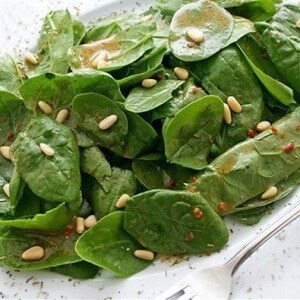
Source of calcium
The leaves of schiritsa contains many beneficial micro and macro elements. One of them is calcium. By the way, there are very few leafy vegetables containing such a high concentration of this element as amaranth. Therefore, the greens of schiritsa is considered an excellent medicine for the prevention of osteoporosis, a means to strengthen the bone tissue. Schiritsa prevents demineralization of bones, which, in fact, prolongs the period of active life.
Benefits for Digestion
There are a number of advantages that make schiritsa a component that has a beneficial effect on the health of the digestive system. A high concentration of fiber improves the gastrointestinal tract, a beneficial effect on the intestinal function, contributing to the effective absorption of nutrients by the walls of the colon.
Against varicose veins
With age, more and more people are worried about varicose veins. This disease not only affects the appearance, but is also a very dangerous violation of the work of the vessels.
Amaranth products contain flavonoids, in particular rutin, which prevents varicose veins, strengthening capillary walls. In addition, shchiritsa contains a fairly high concentration of ascorbic acid, and it, as you know, promotes the production of collagen – a substance that restores and strengthens the walls of blood vessels.
Vision
The concentration of carotenoids and vitamin A contained in the leaves of the squid are important components for maintaining eye health. These components can slow down or even stop the development of cataracts, restore visual acuity.
In pregnancy

Weight reduction
Given that the consumption of proteins releases the so-called saturation hormone, which reduces appetite, amaranth is a faithful helper for everyone who wants to lose weight. On the one hand, the fiber contained in the plant reduces appetite, on the other hand, a high concentration of protein also works to dull the feeling of hunger. Together this makes amaranth a unique plant for weight loss.
Healthy hair
The schiritsa contains the amino acid lysine, which the body cannot produce on its own, but which is very necessary for humans. This substance promotes better calcium absorption and prevents premature baldness. From the loss of hair protects the juice from the leaves of schiritsa. It is used as a rinse after washing. In addition, amaranth grains contain a component that prevents early graying of hair.
A storehouse of vitamins and minerals
Aksamitnik is an excellent source of many vitamins, including A, C, E, K and group B. They act on the body as antioxidants, increase tone, regulate hormonal balance. Among the minerals contained in the plant are calcium, magnesium, copper, zinc, potassium, phosphorus. Working in a complex, they support the health and strength of bones and muscles, and are also responsible for the adequate course of most vital processes in the body. According to recent studies, amaranth is also able to increase the functionality of the immune system.
Possible hazards of amaranth
Like some other green leafy vegetables, amaranth leaves contain some amount of oxalate (salts and oxalic esters), which are equally beneficial and harmful to the body. In particular, this substance is highly undesirable for people with kidney stones or gall bladder. For this reason, amaranth can exacerbate the manifestations of the disease.
Allergy as a reaction to the consumption of amaranth is an extremely rare phenomenon. And even if in exceptional cases it manifests itself, it usually passes within a few minutes.
How to grow shcheritsu

Amaranth is sown in rows (the distance between which is not less than 45 cm), and the space between plants should not be smaller than 7-10 cm. Otherwise, you should not wait for a big harvest. Compost, humus, nitroammine phosphate, phosphates, potash or nitrogen are used as fertilizer during sowing.
Strikes appear after 10 days. At the initial stage of germination, it is important to thin the plants to the required planting density. The second time the plants are fertilized when they reach 20, see. During growth, it is important to provide the necessary amount of moisture, then the shchiritsa will grow quickly enough – up to 7 cm daily.
The appearance of panicle on the ground is a sign that it is time to harvest. This usually occurs 110 days after sowing. However, it is important to remember that the maturation of all panicles does not occur simultaneously. Therefore, the crop is harvested as the seeds ripen.
Purify the seeds by sifting through a sieve. After drying, they are ready for sowing again. Dry grains are also suitable for cooking. You can also pickle a crop of pickled or frozen.
Amaranth as a medicine:
- In violation of the bowels, hemorrhoids, heavy menstruation, inflammatory processes in the urogenital system using water infusion of amaranth.
- For the treatment of dysentery and jaundice used a decoction of the roots and seeds of the plant.
- Shchiritsa juice will help against malignant tumors.
- Burns, bedsores, scars, insect bites are treated with amaranth oil.
- Inflammations of the mucous membranes of the mouth can be cured by rinsing using shchiritsa (on the 1 part of the juice take 5 parts of water).
How to cook…
… infusion of roots
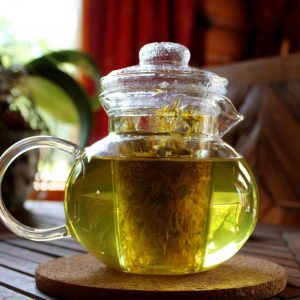
… infusion of leaves
20 g leaves pour a glass of boiling water, insist on a water bath for about a quarter of an hour. Remove from steam and insist 45 minutes. Take 2-3 once a day before meals for the third part of the glass.
… infusion of seeds
Panicles with seeds chop. 1 a tablespoon of inflorescences pour approximately 200 ml of boiling water. Insist on a couple of 20 minutes. When cool to strain. Take 1 teaspoon of infusion with 50 ml of water three times a day. This remedy is effective in enuresis.
… bath products
Two liters of boiling water pour 300-350 g plants. Boil for 15 minutes. Cool, strain. Add to the bath, half filled with water.
The use of amaranth oil
Amaranth oil, produced from the seeds of the plant, is an extremely useful remedy. Due to its unique chemical composition, it is used to strengthen immunity and fight cancer. Squalene, vitamin E, omega-6 polyunsaturated fatty acids, arginine, methionine, carotenoids – and this is not the whole list of components of amaranth oil.
This product with a nut-like taste is effective for the treatment and prevention of:
- cancer;
- bedsores;
- gastrointestinal diseases (cirrhosis, fatty degeneration of the liver, colitis, enterocolitis, pancreatitis, gastroduodenitis, cholecystitis, hepatitis, gastritis, stomach ulcers);
- diseases of the cardiovascular system (heart attack, stroke, atherosclerosis, angina pectoris, coronary heart disease, myocarditis, pericarditis, hypertension, and others);
- diabetes mellitus;
- obesity;
- psoriasis, eczema, mycosis;
- anemia;
- diseases of the throat and oral cavity (tonsillitis, stomatitis, periodontitis);
- disorders of the nervous system;
- immune dysfunction;
- muscle dystrophy;
- bone diseases (arthritis, arthrosis, osteoporosis, polyarthritis, weakened bones);
- ophthalmologic disorders (“night blindness”, conjunctivitis, diabetic retinopathy and other eye diseases);
- male infertility;
- erectile dysfunction;
- cervical erosion;
- fibroids.
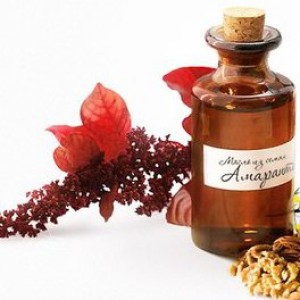
Against the background of the consumption of this product (in the first few days) dizziness and nausea are possible. If symptoms do not go away, it is better to refuse oil of schiritsa.
Schiritsa: how to eat
In many countries of South America, the schiritsu use in the form of “popcorn”. In India, Mexico, Peru and Nepal amaranth cereal is used to make traditional breakfast cereal. In Mexico, different sweets are made from grains (usually by mixing with honey and lemon juice). Mexicans on the Day of the Dead prepare different dishes from schiritsa and spread them in the form of skulls. But apart from this terrible serving, amaranth is consumed in more acceptable forms. The pleasant nutty flavor of schyritsa allows you to use it for making cereals, pancakes, muffins, cookies and bread.
How to cook amaranth
Prepare amaranth – easy. The required portion of grain is poured into boiling water and cooked over low heat, stirring occasionally, for 15-20 minutes. Strain the grains and eat them.
Ready-made shchiritsa somewhat different from other grains. Its shell remains solid, and after cooking only the core softens. This cereal is poorly suited for cooking pilaf, but can be a component of salads, biscuits or soups.
In fact, there is only one rule that it is important to adhere to when cooking boiled eggs. And it consists in preparing grains in a large amount of water. Chefs advise to take at least 6 glasses of water for each glass of cereal. But not because amaranth absorbs a lot of liquid. The fact is, during cooking, a lot of gluten is released from the product. If you take less water, then before serving the finished grains will have to be washed from a viscous coating.
What to cook from schiritsa
For the first time you heard that you can cook something edible from schiritsa and do not know any recipes? Below we offer some delicious ideas from amaranth.
Polenta of amaranth and forest mushrooms
Ingredients:
- 0,5 glasses of dried mushrooms (white or other);
- 1 tablespoon butter;
- chopped shallots;
- 1 amaranth glass;
- a little salt;
- ground black pepper to taste;
- a little thyme.
How to cook
In boiling water (a little less than 2 cups) add mushrooms, cover and cook until softened. Heat butter in another saucepan, add shallots to it and cook for about a minute. Add amaranth, chopped mushrooms, liquid and bring to a boil. Simmer for about 15 minutes. Add spices, continue cooking for another 15 minutes.
This dish serves as an excellent side dish for fried poultry or stewed game. One serving will provide approximately 280 kilocalories, 12 g protein, 42 g carbohydrates, 7 g fat, 160 mg sodium, 6 g fiber.
Broccoli and Blueberry Porridge

- 1,5 glass of amaranth;
- 2,5 cup of water;
- 2,5 cup of milk;
- 2 st. l. butter;
- a third cup of thick cream;
- 0,5 glasses of blueberries;
- 4 Art. l maple syrup.
How to cook
Amaranth pour milk with water, add butter. Boil first on high heat, and the next 20 minutes – on a slow, stirring constantly. It takes about an hour to make this porridge. In the finished dish, add cream and blueberries, sprinkle with maple syrup during serving.
By the way, this breakfast recipe was developed by chef Eric Stein specifically for the 2009 culinary contest. The unusual taste of this dish impressed many. The calorie content of the portion is 520 kilocalories, as well as 16 g of protein, 71 g of carbohydrates, 20 g of fat, 5 g of fiber.
Amaranth, nuts and bananas cake
Ingredients:
- 1 glass of boiled amaranth;
- 2 cup of wheat flour;
- 2 teaspoons baking powder;
- 0,5 glasses of chopped walnuts;
- mashed 3 bananas;
- 0,5 glasses of liquid honey;
- 2 eggs;
- 3 tablespoons of oil;
- vanilla sugar.
How to cook
Stir flour, baking powder and walnuts. Separately mix bananas, honey, eggs, vanilla sugar and butter. Add amaranth and mixture of dry ingredients. To stir thoroughly. Pour into the prepared form. Bake at 180 degrees for about an hour.
This healthy and nutritious pastry is perfect for breakfast or as a snack. 100 grams of the final product contains about 170 kilocalories, 6 g of fat, 27 g of carbohydrates, 4 g of protein, 3 g of fiber and 75 mg of sodium.
Schyrzi salad
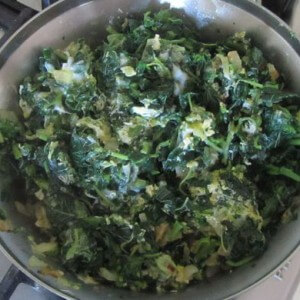
- amaranth leaves;
- nettle leaves;
- ramson leaves.
How to cook
Pour all greens with boiling water and chop. Salt to taste. As a dressing, use vegetable oil with a few drops of lemon juice, sour cream or any other salad dressing.
Amaranth patties
Ingredients:
- shchiritsy seeds (50 g);
- boiled potatoes (100 g);
- boiled peas (100 g);
- carrots (50 g);
- raw chicken eggs (2 pieces).
How to cook
Mix potatoes, peas and amaranth, add grated carrots and eggs. Salt, pepper, bread in breadcrumbs and fry in vegetable oil.
Schyrzia tea
On 100 ml of boiling water you will need a tablespoon of leaves (you can take fresh or dry) or shchiritsa flowers, as well as a teaspoon of crushed mint or lemon balm. Insist 5-7 minutes. Then pour another glass of boiling water. Add some honey for taste.
Schiritsa in cosmetology
As already noted, rinsing hair with the extract of amaranth will restore their health, strength, and shine, as well as protect them from premature aging. Meanwhile, in addition to decoctions and infusions in cosmetology actively use drugs containing amaranth oil.
Thanks to squalene contained in the seeds of the plant, shchiritsa oil is an effective means to moisturize the skin and slow its premature aging. The presence in the composition of vitamins A, B and D, polyunsaturated fatty acids enhances the anti-aging abilities of amaranth oil.
Amaranth oil is a part of various cosmetics. At home, you can add it to the finished cosmetics or use it instead of face cream.
Mask for the face
This tool is suitable for any skin type. For its preparation need for 2 tablespoons of juice of shchiritsa and sour cream. Stir well. The finished product is applied to the face and décolleté on 15-20 minutes.
Lotion
A few leaves of amaranth (dry or fresh) pour a glass of boiling water. Insist half an hour. To drain. Suitable for face and neck.
Remedy for hair loss
Every day, before going to bed, rub amaranth oil into the scalp. The course of treatment for 1 months to six months – depending on the degree of baldness.
Amaranth – from those plants that can be seen in almost every garden. Someone grows it as an ornamental crop, someone on the contrary struggles with it, as with an annoying weed. And rarely anyone guesses about the healing and nutritional properties of this plant, which the ancient peoples on different continents idolized.
